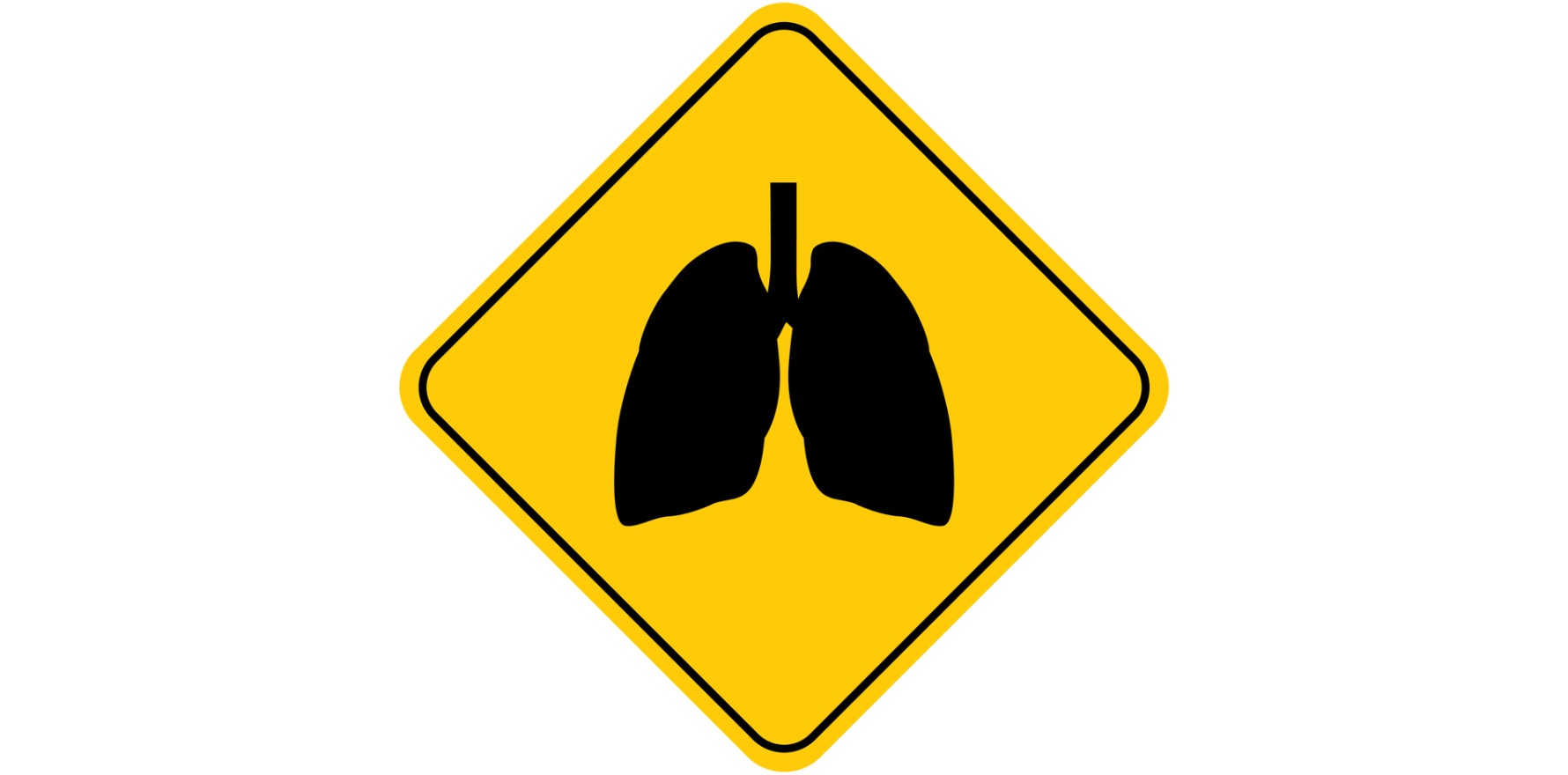The novel treatment approach was found to be more effective than an existing FDA-approved drug.
A new CRISPR-developed, high-fidelity Cas9-mediated targeting approach has shown promising results in treating non-small cell lung cancer.
Lung cancer is one of – if not the – deadliest kinds of cancer. Non-small cell lung cancer (the most common type of lung cancer) and lung adenocarcinoma (LUAD; the most common subtype of NSCLC) are no exception, with LUAD having a five-year survival rate that sits at roughly 20%.
Around one on three patients with LUAD carry a KRAS gene mutation, which impacts the ability of the oncogene homolog to hydrolyse ATP and has downstream effects on cell growth, proliferation and survival. However, no therapies that specifically target KRAS mutations exist.
“Therapies targeting DNA-level mutations have the potential to be effective for a wide range of oncogenic mutations, and this study constitutes a proof of concept for the design of a system that can be programmed to target two different KRAS oncogenic mutations effectively and specifically,” the researchers behind a study designed to test the effectiveness and specificity of a new KRAS-mutation targeting therapy wrote in Nature Communications.
The researchers believe that the novel treatment approach, called the CRISPR-High Fidelity Cas9-based therapy strategy (HiFi-Cas9 for short) is a “convenient and efficient way to knock out any desired gene”.
“CRISPR systems work by using a single guide RNA to direct the Cas9 nuclease to make double-stranded breaks in the target DNA. These breaks trigger an error-prone repair mechanism called non-homologous end-joining, which results in random insertions or deletions that cause frameshifts and premature stop codons, potentially rendering the target gene non-functional,” the researchers explained.
The new discovery was confirmed in stages, with the researchers first testing a series of different endonucleases to find one that was able to differentiate between cells containing two KRAS mutations that are common among lung cancer patients (G12C for smokers and G12D in non-smokers) and normal cells.
This initial stage found that the HiFiCas9-based system specifically targeted the KRAS mutations without affecting wild-type cells. The specificity for the KRAS mutations was then further tested in different NSCLC cell lines, with HiFiCas9 treatment leading to a reduction in cell viability for KRASG12C cells (between 26% and 67%) and KRASG12D cells (between 32% and 36%) without affecting the proliferation of wild type cells.
Similar reductions in viability were seen when tested in 2D and 3D in vivo cell cultures. Examining signalling pathway expression via Western blot confirmed a significant decrease or complete removal of the KRAS protein when either the KRASG12C or KRASG12D mutation was targeted.
The researchers then turned to a xenograft model – where cancer cells were implanted in mice – to assess HiFiCas9’s efficacy in vivo. Targeting the KRASG12C mutation resulted in a 63% reduction in tumour volume at the two-month mark, while targeting the KRASG12D mutation resulted in a 42% reduction.
Related
A patient-derived xenograft preclinical model was also used as part of the further evaluation of the treatment approach, with the CRISPR-based KRAS gene editing again showing significantly suppressed tumour growth. Additional testing with the patient-derived xenograft models revealed that the HiFiCas9 system was more effective at inhibiting KRAS-driven oncogenesis than sotorasib, the first FDA-approved KRASG12C inhibitor used in the treatment of NSCLC.
“These results may be explained by the distinct mechanisms through which HiFiCas9 and sotorasib target KRASG12C. HiFiCas9 prevents KRASG12C synthesis at the genetic level, whereas sotorasib inhibits the mutant protein only after it has been synthesized and is bound to GDP,” the researchers explained.
“The effectiveness of KRASG12C inhibitors is inherently limited by their mechanism of action. These drugs covalently bind to the mutant cysteine residue, locking KRASG12C in its inactive GDP-bound state.
“However, mutant KRAS predominantly exists in its active, GTP-bound form, which drives oncogenic signalling. Consequently, KRASG12C inhibitors require GTPase activity to function effectively.
“Given that immunotherapy is a first-line treatment for NSCLC and KRAS ablation elicits an antitumor immune response, our approach may not only enhance immunotherapy efficacy but also serve as a powerful tool for investigating KRAS-driven immunosuppression in NSCLC.
“However, the clinical translation of this approach hinges on overcoming key limitations, particularly in optimizing in vivo CRISPR-Cas9 delivery to maximize its therapeutic potential.
“The HiFiCas9 system presents a valuable tool for investigating KRAS-driven immune suppression, with critical implications for adapting this target therapy as a first-line treatment for NSCLC patients.”





